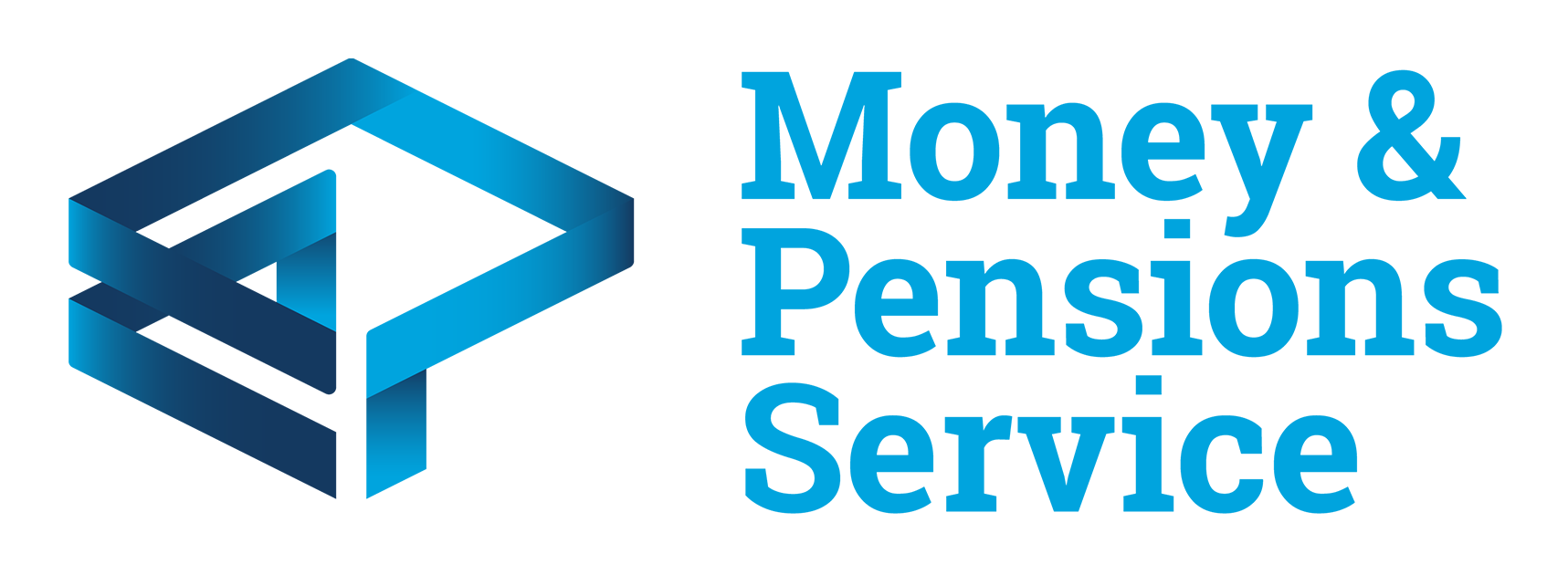6. Savings
It is important that you are aware of where the regulated boundaries are and do not go beyond them (please refer to ‘The boundaries of the service and of your role’ and the description of advice). Guidance should provide information and/or options on the customers’ choice of savings product (i.e. easy access, ISAs etc.) without making an explicit recommendation.
Tier 1
| 6.1.1 | Awareness of the benefits of saving |
| 6.1.2 | Awareness of strategies to help people save and overcome behavioural barriers (e.g. using a separate account for saving; saving on payday rather than at the end of the month etc.) |
| 6.1.3 | Awareness of the differences between saving versus borrowing |
| 6.1.4 | Awareness of the difference between savings and investments |
| 6.1.5 | Awareness of the availability of a broad range of savings products on the market, including informal savings products |
| 6.1.6 | Awareness of how to set up regular payments into a savings account |
| 6.1.7 | Awareness of how to compare the features of different savings products |
| 6.1.8 | Signpost or refer customers to appropriate sources of information on savings products, including price comparison sites |
| 6.1.9 | Awareness of scams and what to do if a customer has been the subject of a scam |
Tier 2
| 6.2.1 | Understanding of how to calculate the affordability of saving and the factors to take into account (e.g. using a budget planner) |
| 6.2.2 | Understanding of how to calculate the minimum savings required to provide security for an individual, based on their individual circumstances (e.g. income and outgoings) |
| 6.2.3 | Understanding of the difference between simple and compound interest |
| 6.2.4 | Understanding of ways of maximising savings |
| 6.2.5 | Understanding of the circumstances in which investments may be suitable for an individual to consider, and the risks involved |
| 6.2.6 | Understanding of mechanisms and behaviours for developing a savings habit |
| 6.2.7 | Knowledge of the broad range of savings products available on the market (e.g. easy access, notice savings, ISAs etc.) |
| 6.2.8 | Knowledge of the range of accounts available for different age groups (e.g. children’s accounts and trusts etc.) the range of taxable and non-taxable savings products, the advantages and disadvantages of each |
| 6.2.9 | Knowledge of ways of increasing tax efficiency (e.g. use of tax-free savings products: ISAs etc.) |
| 6.2.10 | Knowledge of the Personal Savings Allowance |
Further information
Here you will find further information to help meet the competencies in the framework and in doing so your customers too.
It includes relevant training and qualifications to the particular domain (identified by a mapping exercise carried out in 2019). These links are provided for your information and should not be interpreted as approval or endorsement of the materials.
It also includes links to further information on a range of relevant domain topics. Many of these links go to the MoneyHelper website, where you can get up to date information on most of the topics along with links to other organisations and sources of support.
This information is by no means exhaustive but our intention is that it will strengthen and grow over the course of the future programme.
We have put together a directory of further information to help you meet the competencies in the framework that will also support the people you help too.
It includes relevant training and qualifications for each domain (identified by a mapping exercise carried out in 2019).
The links to training and qualifications are provided for your information and should not be interpreted as approval or endorsement of the materials. Before signing up, it is important to check the credentials of the organisation if you are not familiar with them.
Things to think about include:
- Will you get professional or recognised accreditation?
- Can you get recommendations from your network?
- Could you negotiate discounts by grouping together with other practitioners?
Bear in mind this information is intended as a starting point and we plan to add further resources as we become aware of them to create a comprehensive database that will strengthen and grow as the programme develops.
Please do let us know of any training, qualifications or information resources that you use and think would help other practitioners by contacting us.
